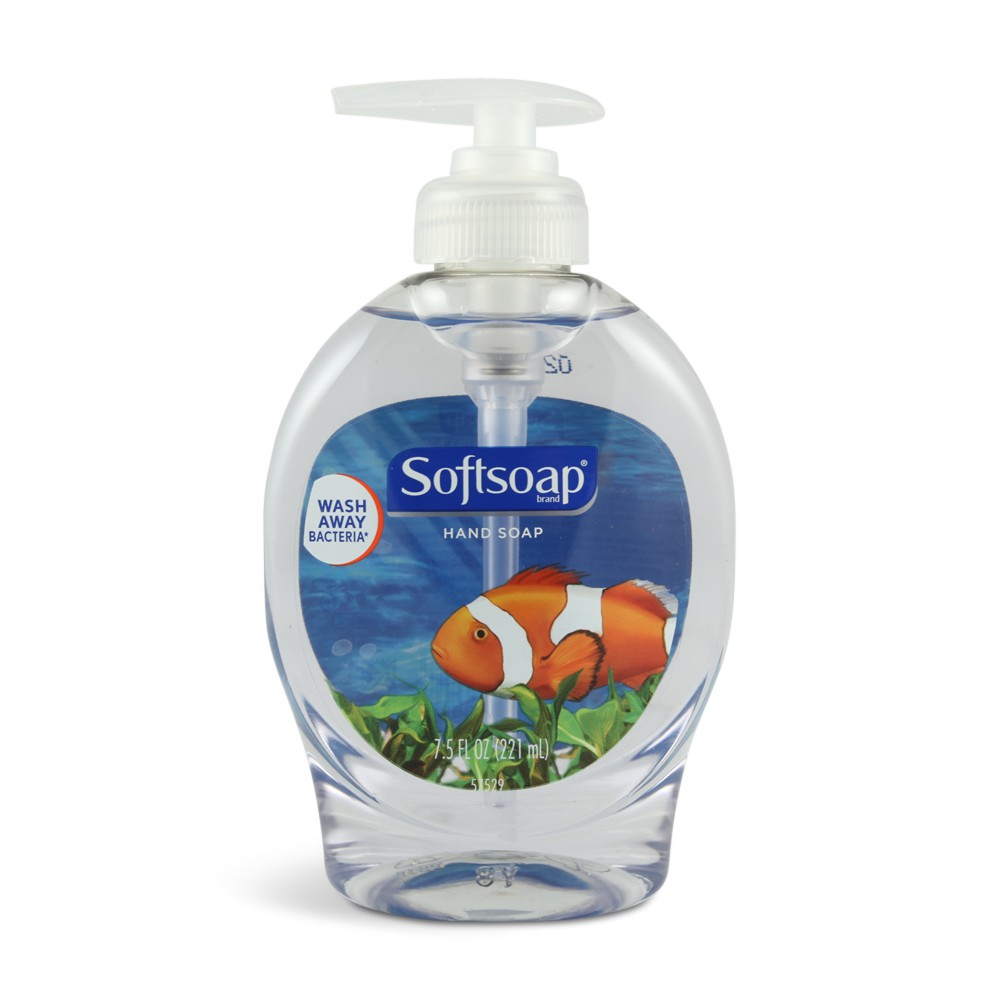Pumped Up

When you think of “clean,” no sense of the word should make your mind wonder about deer antlers. But in the 1860s, for reasons unclear, a man named William Sheppard found a connection. He discovered that taking a lot of something called oil of hartshorn — a liquid derivative of deer antlers (“hart’s horns,” if you want the etymology) — and combining it with a smaller amount of soap did something neat. The previously hard, solid soap was now part of a mix which has been described as having “the consistency of a thick honey or molasses” but still cleaned perfectly well. Sheppard was awarded a patent, and liquid soap was born.
For more than a century after, though, liquid hand soap was rarely found in homes. While one could find it in restaurant bathrooms, manufacturing washrooms, and many other large-scale commercial and industrial restrooms, there simply wasn’t a great way to sell the product into homes. The reason wasn’t the product itself — liquid hand soap was and is very popular. The problem was the dispenser. Businesses had the budgets to renovate bathrooms, adding large metal soap dispensers, and they had janitorial staffs in place, making refilling the dispensers a non-issue. Households were not in that position.
In the late 1970s, the Minnesota-based Minnetonka Corporation decided to explore the home liquid soap market again, it’s first foray into consumer packaged goods. They tested a high-end, expensive liquid soap, which came in an ornate ceramic container. (The cost of a viable container necessitated, absurdly, that the product be marketed as luxury soap.) It was a success, and Minnetonka decided to move forward with a cheaper alternative — assuming they could find one. The next step was to spend untold amounts of money exploring ways to bring affordable liquid soap to the masses.
What they came up with was branded SoftSoap, seen above (in its current form). SoftSoap came in a plastic bottle with a plastic pump, and sat on store shelves without any other outer wrapping save for a cap. It was very clear to consumers that this was something different, and that the soap was more liquid than solid. The product was a near-instant success. But successes yield copycats, and because a viable formula for liquid soap had been patented (a patent which had long expired) over a century earlier, they couldn’t prevent others from entering the market. So they had to find other ways to protect their investment.
The solution, per Wikipedia, was in the pump itself. While Minnetonka couldn’t patent it, there wasn’t a lot of demand for the pumps outside of that for use in SoftSoap bottles. So Minnetonka, figuring it would eventually need any pumps it could get its hands on, bought up the entire supply from the only company equipped to make the pumps at the time. The order was, per an NPR report (which doesn’t seem to be online), thirty times larger than Minnetonka’s needs at the time. But it did the job. By purchasing the huge amounts of pumps, Minnetonka was able to prevent other players from entering the market, and in 1987, they were acquired by Colgate-Palmolive.
Bonus fact: The liquid soap dispensers in public restrooms pre-dated the in-home ones, but that doesn’t necessarily make them a good idea. According to a 2011 study, these containers are prone to bacterial contamination. The study found that “approximately one in four dispensers in public restrooms are contaminated.”
From the Archives: Grape Balls of Fire: The bonus fact talks about what happens when you put soap in the microwave. (With video!) The main story is pretty good too, but not related to this one.
Related: “The Greatest Business Decisions of All Time,” a book by the editors of Fortune magazine. The book recounts the story above as well as many others. 4.2 stars on 29 reviews. Available on Kindle.
